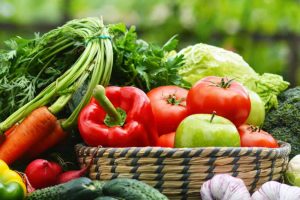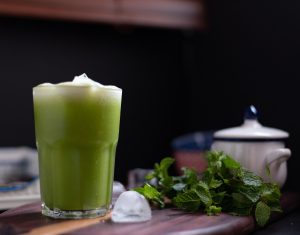
Spicy foods, known for their bold and zesty flavors, are beloved by many. However, consuming these fiery delights before bedtime can have a significant impact on your sleep quality. In this article, we will delve into the relationship between spicy foods and sleep disturbances, exploring why they should be avoided in the evening for a more peaceful night’s rest.
The Impact of Spicy Foods on Sleep
Spices add flavor and excitement to our meals, but they can also bring discomfort when consumed close to bedtime. Here’s how spicy foods can disrupt your sleep:
1. Heartburn and Acid Reflux
One of the primary culprits behind the sleep disturbances caused by spicy foods is heartburn or acid reflux. Spices such as chili, cayenne pepper, and black pepper can relax the lower esophageal sphincter, a muscle that separates the stomach from the esophagus. When this muscle relaxes, stomach acid can flow back into the esophagus, causing a burning sensation and discomfort. This phenomenon is known as acid reflux or heartburn.
2. Nighttime Awakenings
The discomfort of heartburn often leads to nighttime awakenings. The pain and burning sensation can jolt you awake, making it challenging to fall back asleep.
3. Delayed Digestion
Spicy foods can also slow down the digestive process. This means your body may still be working to process that spicy meal when you lie down to sleep. Undigested food can lead to discomfort and may even cause nausea.
4. Increased Body Temperature
Many spicy foods can raise your body temperature due to the presence of capsaicin, the compound responsible for their heat. An elevated body temperature is not conducive to sleep, as it goes against the natural drop in body temperature that occurs as you prepare for slumber.
Timing Matters: Why Spicy Foods Before Bed Are a Bad Idea
The timing of your meals, especially when it comes to spicy foods, is crucial for a good night’s sleep. Consuming spicy foods in the evening or close to bedtime can significantly increase the risk of sleep disturbances. Here’s why timing matters:
- Heartburn Risk: When you eat spicy foods right before bedtime, you increase the chances of experiencing heartburn as you lie down. Gravity is not on your side, as it cannot help keep stomach acid down when you’re in a horizontal position.
- Nighttime Awakenings: Heartburn or acid reflux often leads to nighttime awakenings, which can disrupt your sleep cycle and leave you feeling groggy and fatigued the next day.
- Digestion Delays: The digestive process can be slower when you consume spicy foods late at night. As a result, your body may still be processing the meal when you’re trying to sleep, leading to discomfort and restless rest.
- Increased Body Temperature: Spicy foods can raise your body temperature, making it difficult to achieve the cooler body temperature necessary for optimal sleep.
Enjoying a Peaceful Night’s Rest
If you want to ensure a peaceful night’s rest, it’s advisable to avoid consuming spicy foods, particularly close to bedtime. Instead, focus on milder and easily digestible options to promote better sleep. Here are some tips for enjoying a more restful night:
- Opt for Mild Seasonings: If you love the flavors of spices, consider milder options like oregano, basil, or rosemary in your evening meals.
- Eat Your Spicy Meals Earlier: If you can’t resist spicy dishes, aim to consume them earlier in the day, giving your body more time to digest and reduce the risk of heartburn.
- Stay Upright After Eating: To minimize the risk of heartburn, try to remain upright for at least two to three hours after consuming a spicy meal. This allows gravity to help keep stomach acid down.
- Chew Gum: Chewing sugar-free gum after a spicy meal can stimulate saliva production, which can help neutralize stomach acid and reduce the risk of heartburn.
- Elevate Your Head: If you’re prone to acid reflux, elevate the head of your bed or use extra pillows to keep your upper body slightly elevated during sleep.
- Maintain a Healthy Diet: Eating a balanced and healthy diet can help reduce the likelihood of heartburn and acid reflux. Focus on consuming smaller, more frequent meals and avoiding overeating.
In Conclusion
Spicy foods, known for their vibrant flavors, can have a significant impact on your sleep quality if consumed close to bedtime. Heartburn, acid reflux, and nighttime awakenings are common consequences of enjoying spicy dishes in the evening. To enjoy a more peaceful night’s rest, it’s advisable to choose milder seasonings for your evening meals and avoid consuming spicy foods close to bedtime. By making informed choices, you can savor a good night’s sleep, free from the fiery disruptions caused by spicy foods.




















